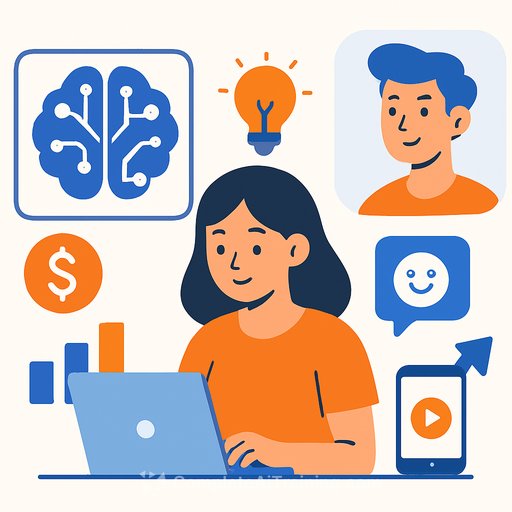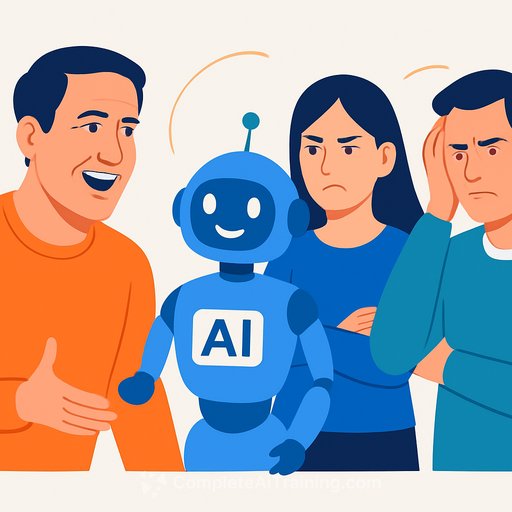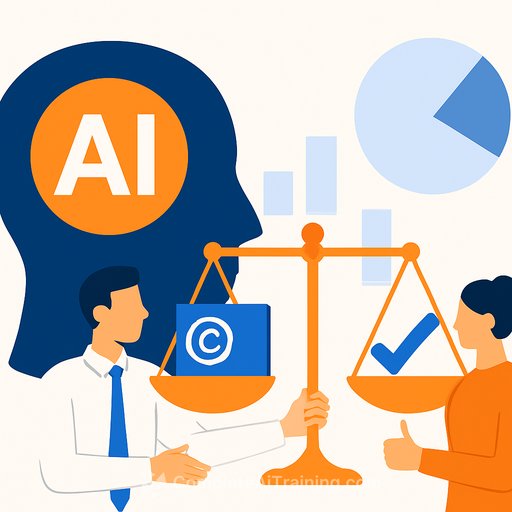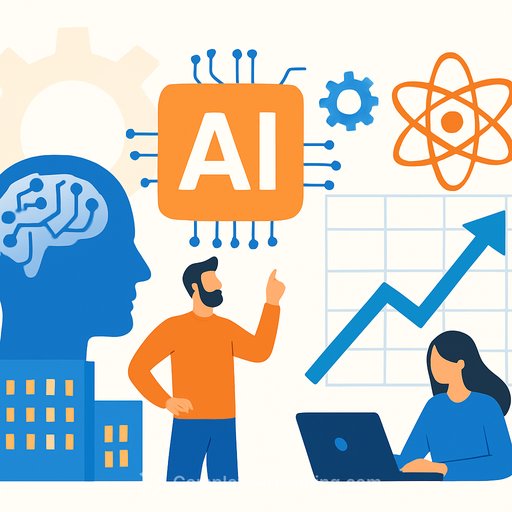How Kind is using generative AI to cut creative timelines, sharpen targeting, and shift budgets where they work
Kind hit a wall: Gen Z attention was slipping, private labels were closing in, and creative testing burned months and millions. That pressure sparked a reset.
The brand leaned into generative AI - synthetic audiences, AI agents, and addressable creative - to compress feedback loops and focus spend. It wasn't a gimmick. It was survival math.
The shift: from slow cycles to fast signals
Creative testing and learning used to take three to four months and roughly $10 million in marketing spend. With AI in the mix, Kind cut that down to a week - sometimes days.
In Q2, the team began testing AI-powered creative that adapts to individual context. One person sees a post-workout protein message. Another sees a breakfast-on-the-go angle. Same product, different moment.
At the same time, Kind built synthetic audiences trained on past audience work, campaign results, and third-party syndicated data to stress-test ideas and predict performance before scaling.
What changed: performance and media discipline
"The way we targeted with the personalization was more effective in brand and sales lift than previous campaigns that weren't addressable," said Osher Hoberman, CMO at Kind North America. "It helped us to be more efficient with our media spend and informed our media channel mix."
Translation for creatives: faster validation, fewer dead-end concepts, and clearer signals on which message-context pairs pull their weight.
Synthetic audiences are a tool, not truth
More marketers are outsourcing early feedback to LLMs and chat-based bots that simulate customers. It's quick and cheap: upload an asset, ask for reactions, iterate.
But they're not a replacement for real people. "It's a model's prediction of how it thinks that audience is going to respond. It isn't that person," said Brian Yamada, chief innovation officer at VML.
There are limits. Outputs depend on the data you feed them. Without fresh, diverse inputs, you'll get stale results. And cultural nuance can slip through the cracks. Treat synthetic audiences as a directional signal, then validate with live market reads.
Agencies aren't out - their role is
AI didn't push agencies aside at Kind. It changed the mandate. Partners like Energy BBDO and Publicis Groupe still handle about 80% of the brand's marketing work.
"Now I can use my creative agencies more as brand stewards, more strategic thought partners and less like creative and production suppliers," Hoberman said. Less versioning, more thinking. That's a better use of senior talent.
Budget moves: more working, more addressable
Generative AI helped Kind shift dollars away from non-working costs - production and fees - toward advertising and promotion. Specific figures weren't shared, but the direction is clear.
Expect a push into a more addressable media approach in 2025 and beyond. If you need a refresher on the mechanics, the IAB Tech Lab has a solid primer on addressability that's worth a skim: IAB Tech Lab: Addressability.
Steal this playbook (and run it this quarter)
- Map context to message: List three high-intent moments per product. Write one angle per moment. Keep assets modular so AI can remix quickly.
- Build a synthetic panel you trust: Train it on your historical performance, audience research, and third-party data. Log every prompt and outcome to avoid bias drift.
- Shorten the loop: Ship weekly micro-tests. Kill slow starters. Double down on winners with fresh creative variations.
- Validate in-market: Treat LLM feedback as a pre-screen. Confirm with small paid pilots and incrementality checks before scaling.
- Recast your agency: Move repetitive production in-house or automate. Point agencies at platform ideas, brand voice, and distinctive assets.
- Reallocate budget: Trim non-working spend. Push into addressable channels where message-context fit can be measured and improved.
For creatives, here's the upside
AI takes the grunt work off your plate so you can spend more time on ideas that move the brand. Faster signal. Fewer meetings. Sharper briefs. Better work.
If you want structured training to operationalize this inside your team, this certification is a helpful starting point: AI Certification for Marketing Specialists.
Creative taste still wins. AI just lets you prove it faster - and fund it properly.
Your membership also unlocks:






